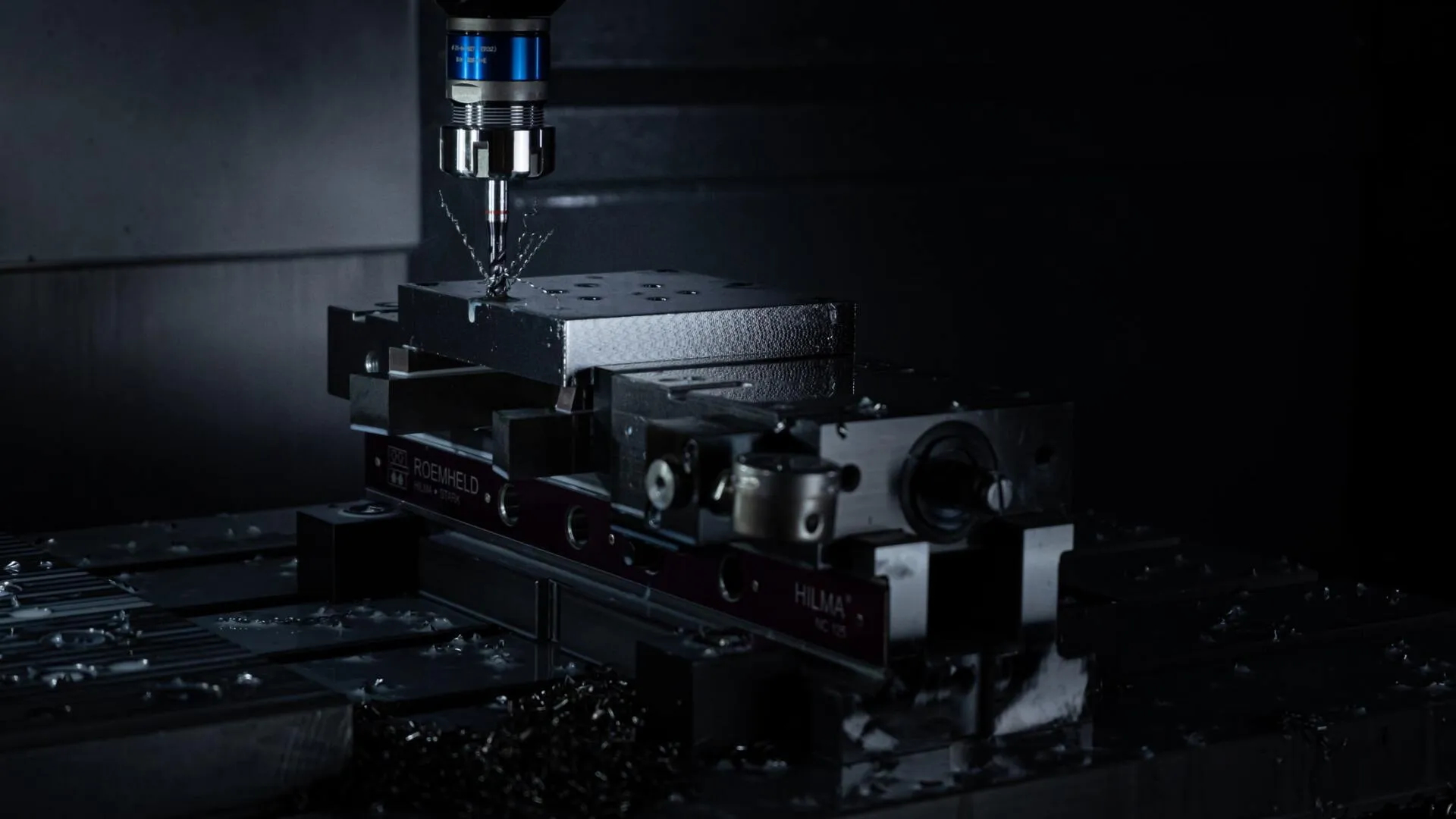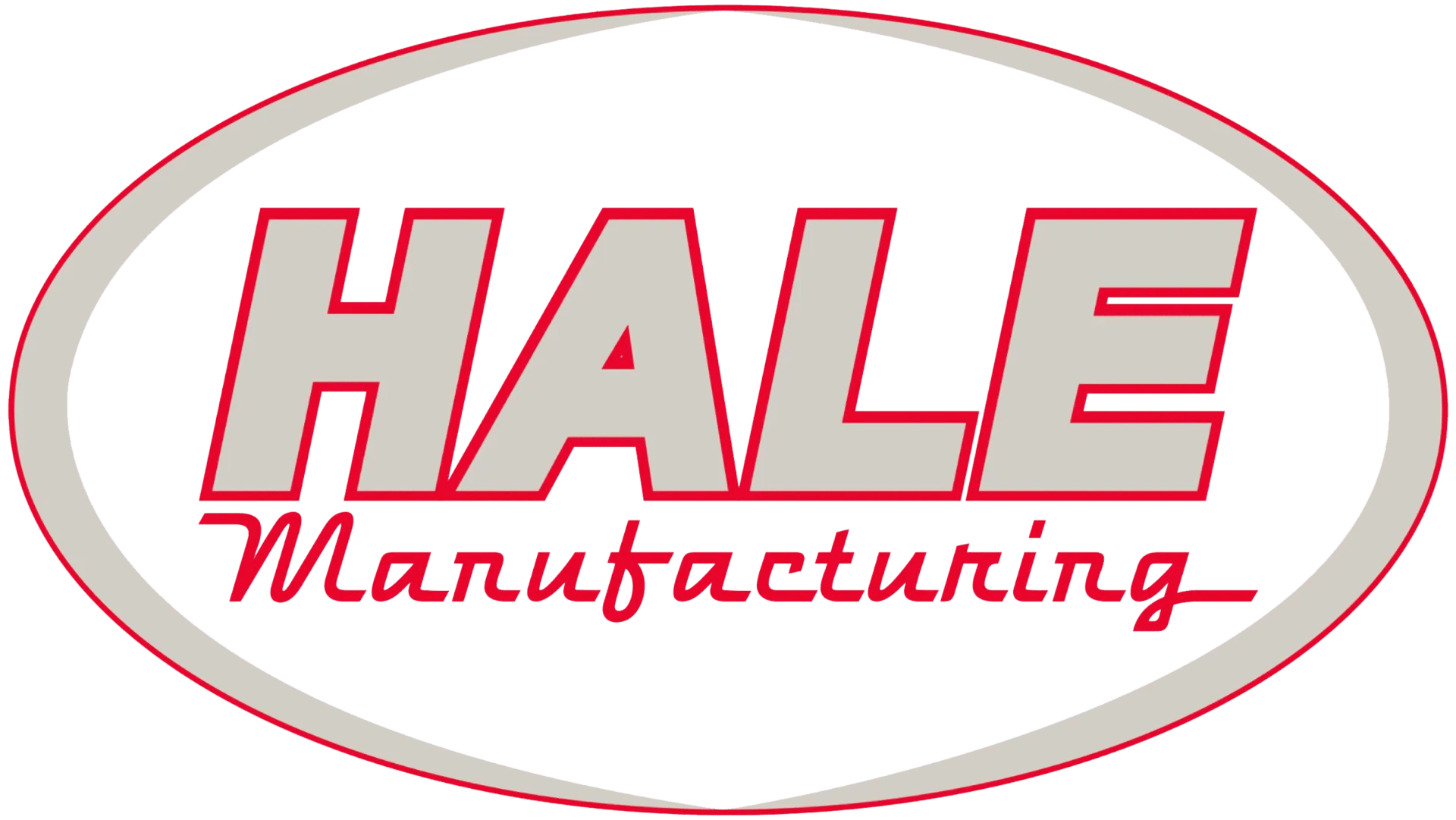
3D Printing aka Additive Manufacturing. What is it?
Modern Additive Manufacturing is quickly becoming a viable addition to conventional manufacturing. Today, 3D printing has the capability to produce parts that attain desirable material characteristics for direct industrial applications. This advance in technology has changed the game, from the design process, prototyping, to manufacturing, and all the way to functional operation.
Multiple 3D printing materials have been developed over the recent years to accommodate various application environments. Some available material characteristics include Fire Retardant, ESD or Electrostatic Discharge Resistant, Kinetic Energy Absorbing, High Temperature Resistant… the list goes on, but you get the gist! The research and development that has gone into modern FDM materials have opened the stage to a multitude of industrial applications.
You may be wondering what FDM is; Fused Deposition Modeling is the most common 3D printing method used. In essence, a filament (printing material) is heated to partial liquification via the heated extruder (nozzle) and deposited in layers 0.002in – 0.010in (0.05mm – 0.25mm) thick. The layers are fused together in a pattern to create an object. There are other methods for 3D printing such as SLA (Stereolithography), SLS (Selective Laser Sintering), EBM (Electron Beam Melting) …etc. For the purposes of this article, we fill focus on FDM.
FDM 3D printing, as with anything, has pros and cons associated when in comparison to other 3D printing methods.
Pros:
Material Flexibility: FDM printers offer a comprehensive selection of thermoplastics, composite bases, and exotic filaments. By being relatively simple and easy to interchange material selections on the fly, FDM takes the cake for robust universal use. Other methods are vastly limited by their process and material options.
Scalability: FDM printing can be scaled to any size within realistic manufacturing restraints. This makes it possible to print bridges, ships, and other large structures. Imagine a heated extruder nozzle on wheels, the only limiting factor to the size of an object is the space it is being printed in.
The Cons:
Planar Strength: As we learned above, FDM deposits predefined material layers stacked on top of each other. The interstitial boundary between fused layers is considered the “weak link” figuratively, and physically. Parts will almost always fail due to over-loading of this boundary. Provided thought and consideration is given to the geometrical application of the printed part, this ramification is no longer an issue.
Detail: As mentioned, FDM deposits in layers. This can hinder the aesthetics of a part with fine details. Often, post processing is required to achieve a smooth, professional finished look.
Markforged, an additive manufacturing company out of Massachusetts, has developed a wide range of industrial 3D printing platforms aimed eliminating the ‘cons’ associated with the popular FDM process. Markforged’s platforms have the capability to achieve desirable material characteristics and near flawless surface finishes make their products superior. Additionally, material options ranging from high strength ferrous metal, non-ferrous metal, high strength continuous-carbon fiber reinforcement (CFR), to non-abrasive thermoplastic – Ideal for ergonomic surfaces. More articles relating to why and how we use our Markforged 3D printers to come…
